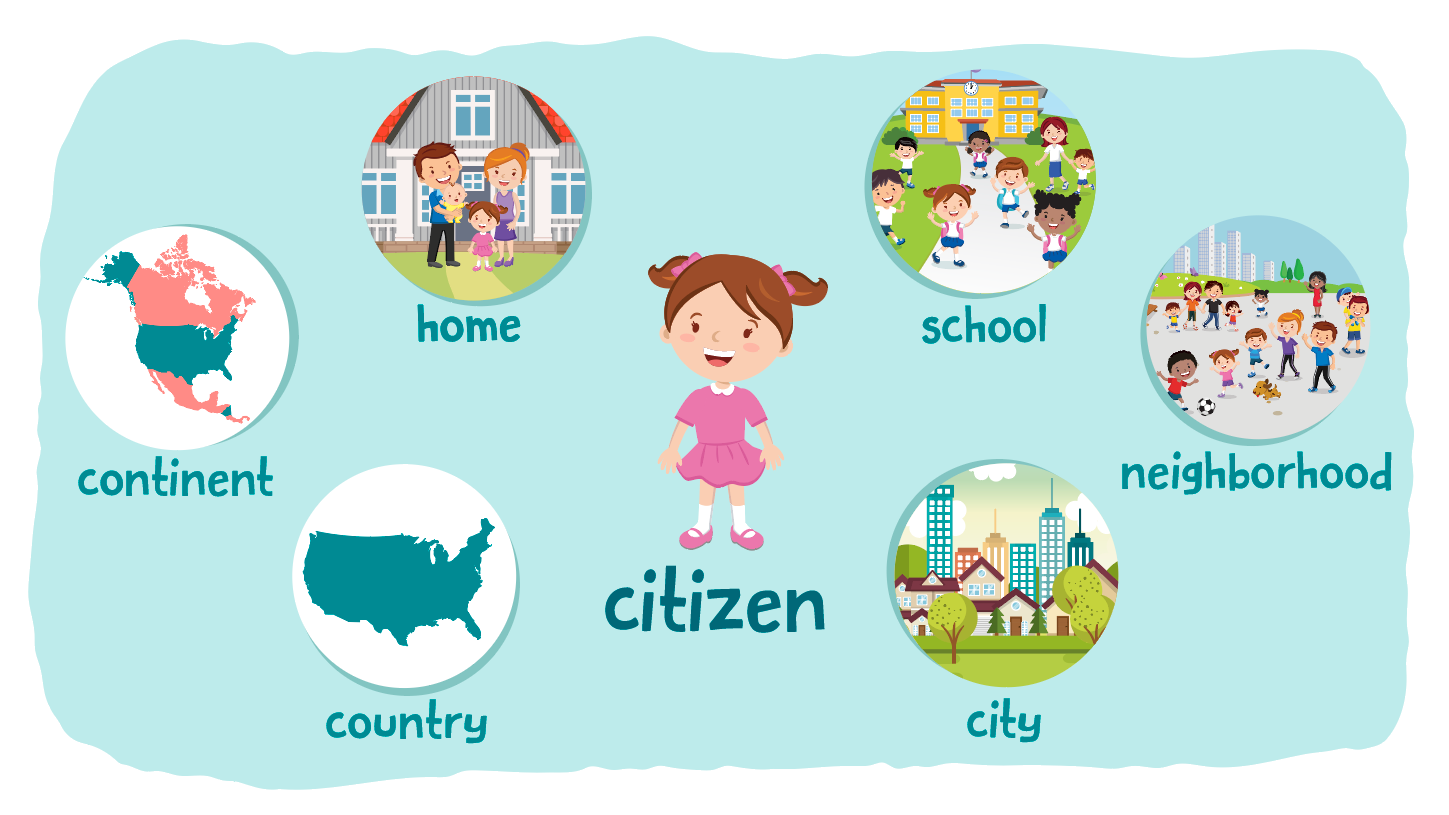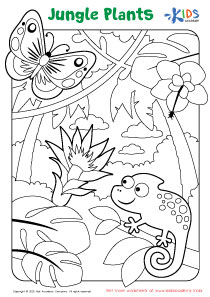3.Inheritance and Variation of Traits: Life Cycles and Traits
6 filtered results
-
From - To
Explore the fascinating world of inheritance and variation of traits in our engaging module, "3. Inheritance and Variation of Traits: Life Cycles and Traits." Designed for third graders, this resource delves into the science of how traits are passed from one generation to the next. Students will learn about the life cycles of different organisms and the unique characteristics that define them. Through interactive worksheets and activities, young learners will discover concepts such as heredity, variation, and adaptation, fostering their curiosity about the natural world. Join us in igniting a passion for science that empowers students to investigate their surroundings!
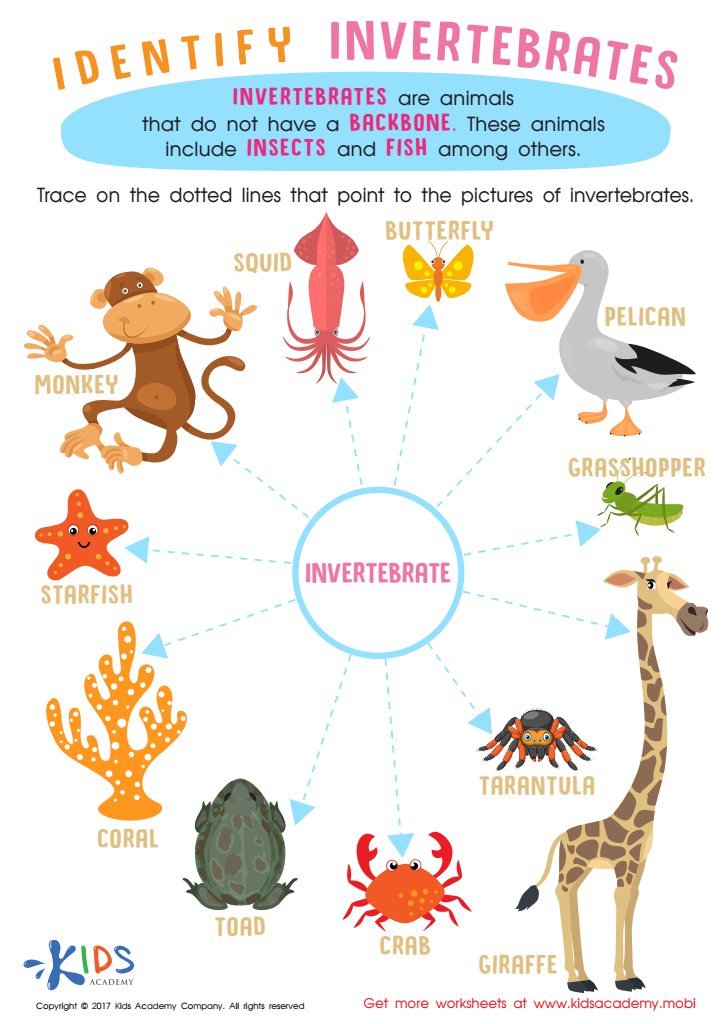

Invertebrates Worksheet for Grade 3


Life Cycle of a Plant Worksheet
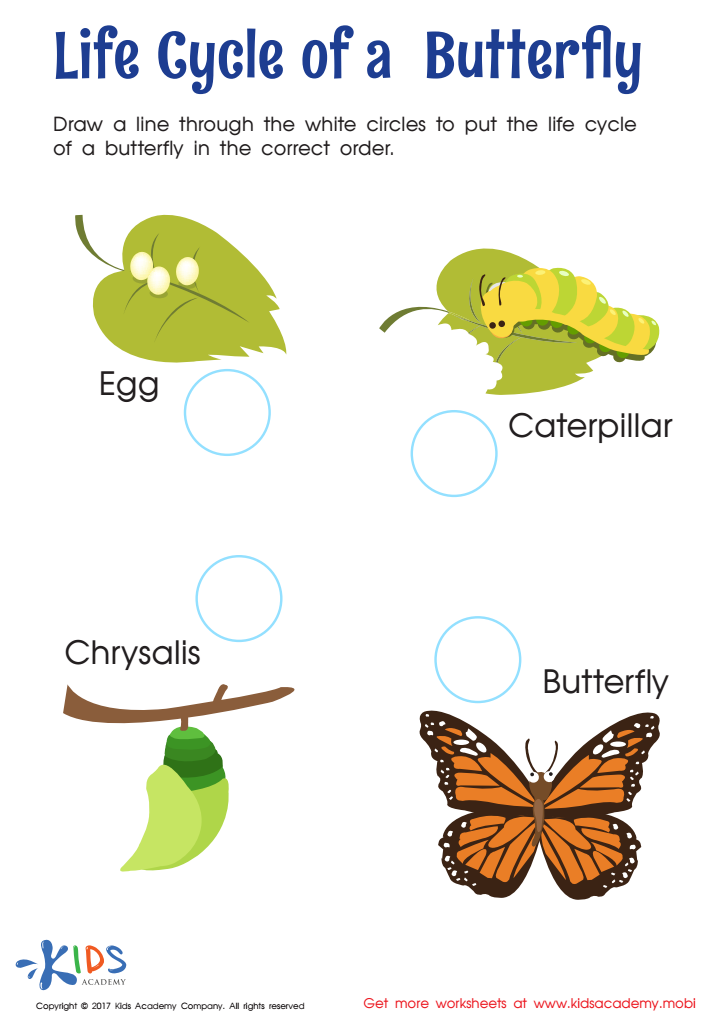

Life Cycle of Butterfly Worksheet
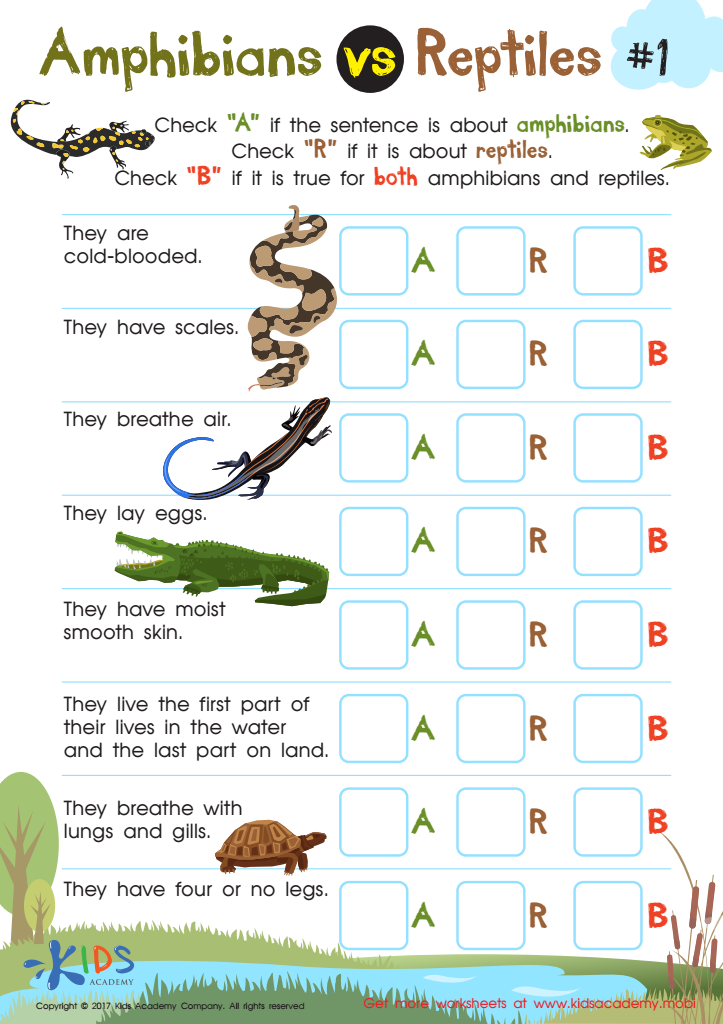

Amphibians vs Reptiles Worksheet


Bird Beaks Worksheet
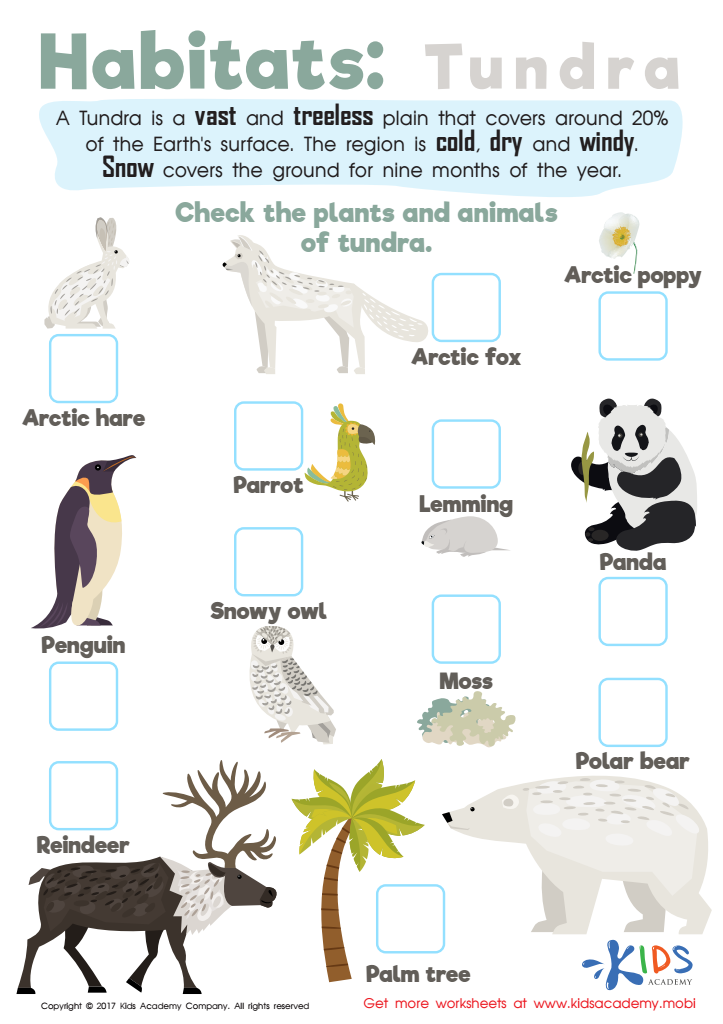

Tundra Habitats Worksheet
Parents and teachers should care about the concept of "Inheritance and Variation of Traits" because it lays the groundwork for understanding biological diversity and the fundamental principles of genetics. Teaching children about how traits are passed from parents to offspring helps them grasp the concept of heredity, which is crucial for appreciating the complexity of life. It fosters an awareness that individuals can share traits with family members while also being unique in their characteristics, emphasizing the role of variation in evolution and adaptation.
Understanding life cycles— from birth through growth, reproduction, and death— helps children appreciate the similarities and differences among species. This knowledge supports environmental awareness and the importance of biodiversity, encouraging responsible stewardship of the planet.
Moreover, discussions about traits, such as physical characteristics, behaviors, and resilience, promote tolerance and acceptance of differences in others. By learning about inheritance and variation, students develop critical thinking skills as they analyze patterns and make connections in biology, equipping them with knowledge applicable in health, agriculture, and conservation industries. Ultimately, incorporating these concepts into education nurtures informed citizens who can contribute to society's awareness of genetic diversity and its implications for both individuals and broader ecological systems.

 Assign to My Students
Assign to My Students








